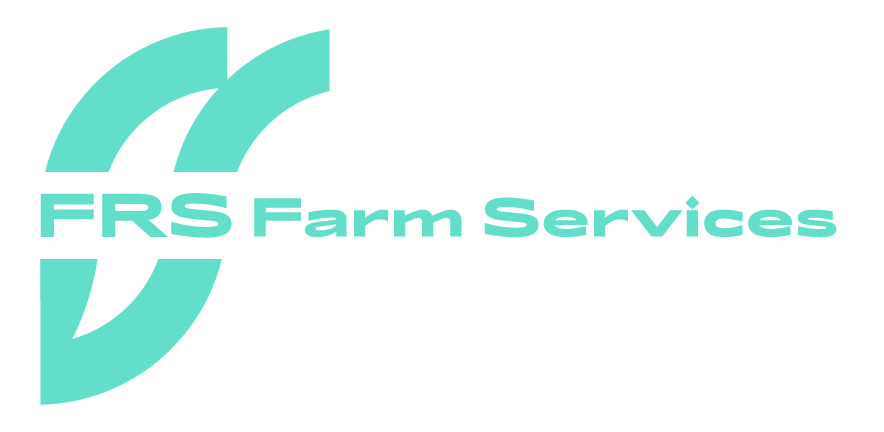With April now here, many farmers will turn their attention to planning for a successful breeding season. When selecting an effective method for breeding, farmers should consider their herd size and production goals. Preparing in advance is key and now is the time to make any necessary changes to the production system or introduce a new bull.
Selecting a new bull is no easy task. Not only is it a financial investment but it is also one that will impact the herd genetically. A significant amount of time is given to selecting a new bull however it is important to factor in the after care of stock bulls and protecting the current heath status of the herd.
Bringing the new bull home
When introducing a young bull to their ‘new home’, it is important to give approximately 60 days for them to get used to the change of environment. Depending on where the bull was purchased, farmers should remain vigilant for signs of stress. For example, if being sold at a sale, the animal will spend a long day being transported from place to place. This can cause stress to the animal and in turn may weaken their immune system.
The bull may have also never travelled alone before, and this could induce some anxiety. On arrival to the farm, do not isolate him fully. If possible, put him in a secure pen/paddock with other animals nearby. Ensure their space is not overly confined as bulls require exercise to stay fit.
New diet
With a new owner, may come the introduction of a new diet. Ask the previous owner for details of their diet and do not make changes too quickly.
In the months before the breeding season, it is important to assess the general condition and health of the bull. If possible, start with 60-70% of the old diet and use a 3-4 week transition period into the new diet. It is recommended that young bulls grow by at least 1kg per day so it is important to not withdraw concentrates too rapidly.
When making the nutrition plan, be aware it must support reproductive performance. Deficiencies in minerals and vitamins can reduce fertility. Depending on the plan, supplementation may be needed.
Animal health
Farmers should watch out for health issues and diseases. Check with the seller in regard to the animal being virus-free and vaccinated. Once the bull is with the new herd farmers can consult their local vet on amending their current health plan. However, it is recommended to vaccinate bulls annually against IBR, PI 3 and RSV viruses. It is also recommended by the Irish Charolais Cattle Society to treat bulls for external and internal parasites twice a year. Having a healthy bull will perform better and last longer.
An alternative to a young bull would be to AI the herd. Contact your local AI technician to talk through the best options for your farm.
Herdwatch
The Herdwatch App is a great assistant during the breeding season as farmers can record all serves single or multiple as they happen even without internet connection. Easily select the serve date, the bull and cow and its done. When you’re scanning cows it’s simply a matter of selecting the cow and entering the number of weeks she is in calf. Herdwatch will then create a report of when that cow is due to calf. This will allow you to identify cows that are due to calf.
If you are interested in full or part time work, FRS have a wide range of jobs available and are now hiring FRS Operators. If you are interested in becoming an FRS Operator call 1890 790 890 or visit www.frsfarmrelief.ie/careers and fill out an application form online.
